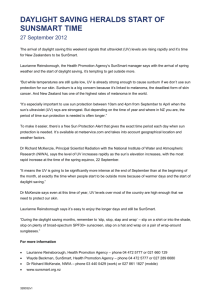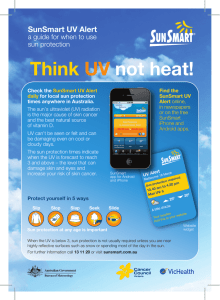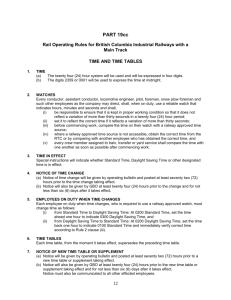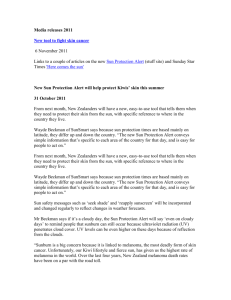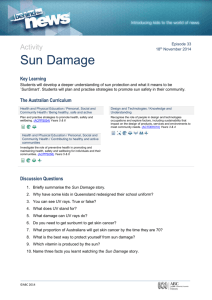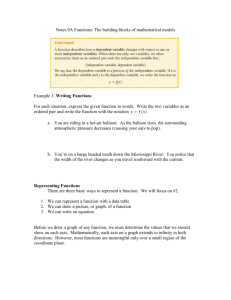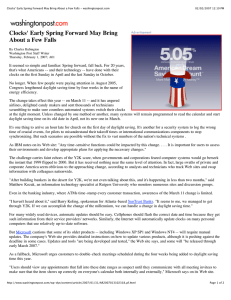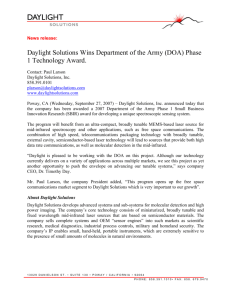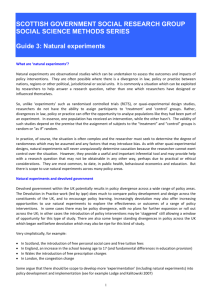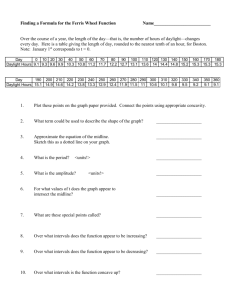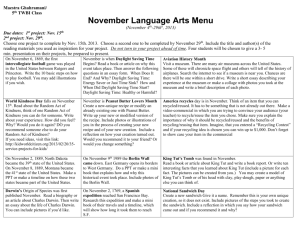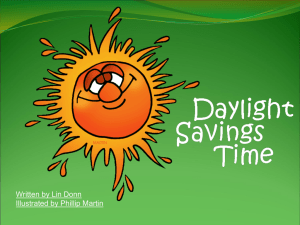Read the release - Health promotion agency
advertisement
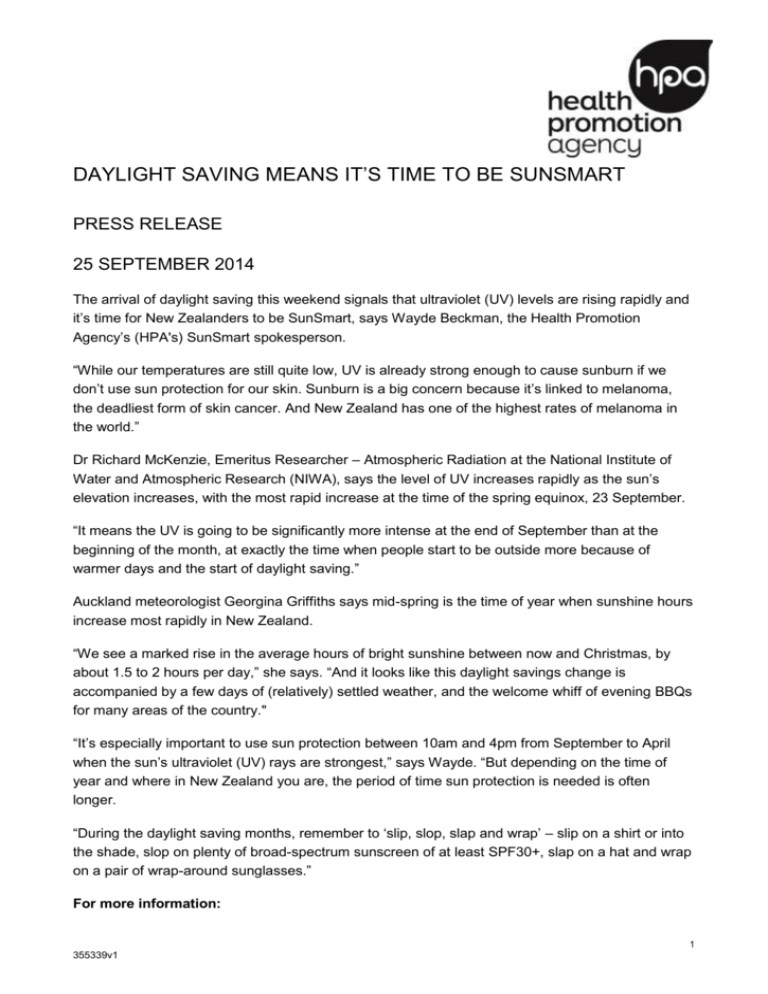
DAYLIGHT SAVING MEANS IT’S TIME TO BE SUNSMART PRESS RELEASE 25 SEPTEMBER 2014 The arrival of daylight saving this weekend signals that ultraviolet (UV) levels are rising rapidly and it’s time for New Zealanders to be SunSmart, says Wayde Beckman, the Health Promotion Agency’s (HPA's) SunSmart spokesperson. “While our temperatures are still quite low, UV is already strong enough to cause sunburn if we don’t use sun protection for our skin. Sunburn is a big concern because it’s linked to melanoma, the deadliest form of skin cancer. And New Zealand has one of the highest rates of melanoma in the world.” Dr Richard McKenzie, Emeritus Researcher – Atmospheric Radiation at the National Institute of Water and Atmospheric Research (NIWA), says the level of UV increases rapidly as the sun’s elevation increases, with the most rapid increase at the time of the spring equinox, 23 September. “It means the UV is going to be significantly more intense at the end of September than at the beginning of the month, at exactly the time when people start to be outside more because of warmer days and the start of daylight saving.” Auckland meteorologist Georgina Griffiths says mid-spring is the time of year when sunshine hours increase most rapidly in New Zealand. “We see a marked rise in the average hours of bright sunshine between now and Christmas, by about 1.5 to 2 hours per day,” she says. “And it looks like this daylight savings change is accompanied by a few days of (relatively) settled weather, and the welcome whiff of evening BBQs for many areas of the country." “It’s especially important to use sun protection between 10am and 4pm from September to April when the sun’s ultraviolet (UV) rays are strongest,” says Wayde. “But depending on the time of year and where in New Zealand you are, the period of time sun protection is needed is often longer. “During the daylight saving months, remember to ‘slip, slop, slap and wrap’ – slip on a shirt or into the shade, slop on plenty of broad-spectrum sunscreen of at least SPF30+, slap on a hat and wrap on a pair of wrap-around sunglasses.” For more information: 1 355339v1 Wayde Beckman, Account Lead Marketing and Communications, Health Promotion Agency – Ph: 04 912 0330 or 027 289 6680 Dr Richard McKenzie, Emeritus Researcher – Atmospheric Radiation NIWA - phone 03-440-0429 or Dr Richard Turner, Meteorologist, NIWA – Ph: 04 386 0300 www.sunsmart.org.nz 2
